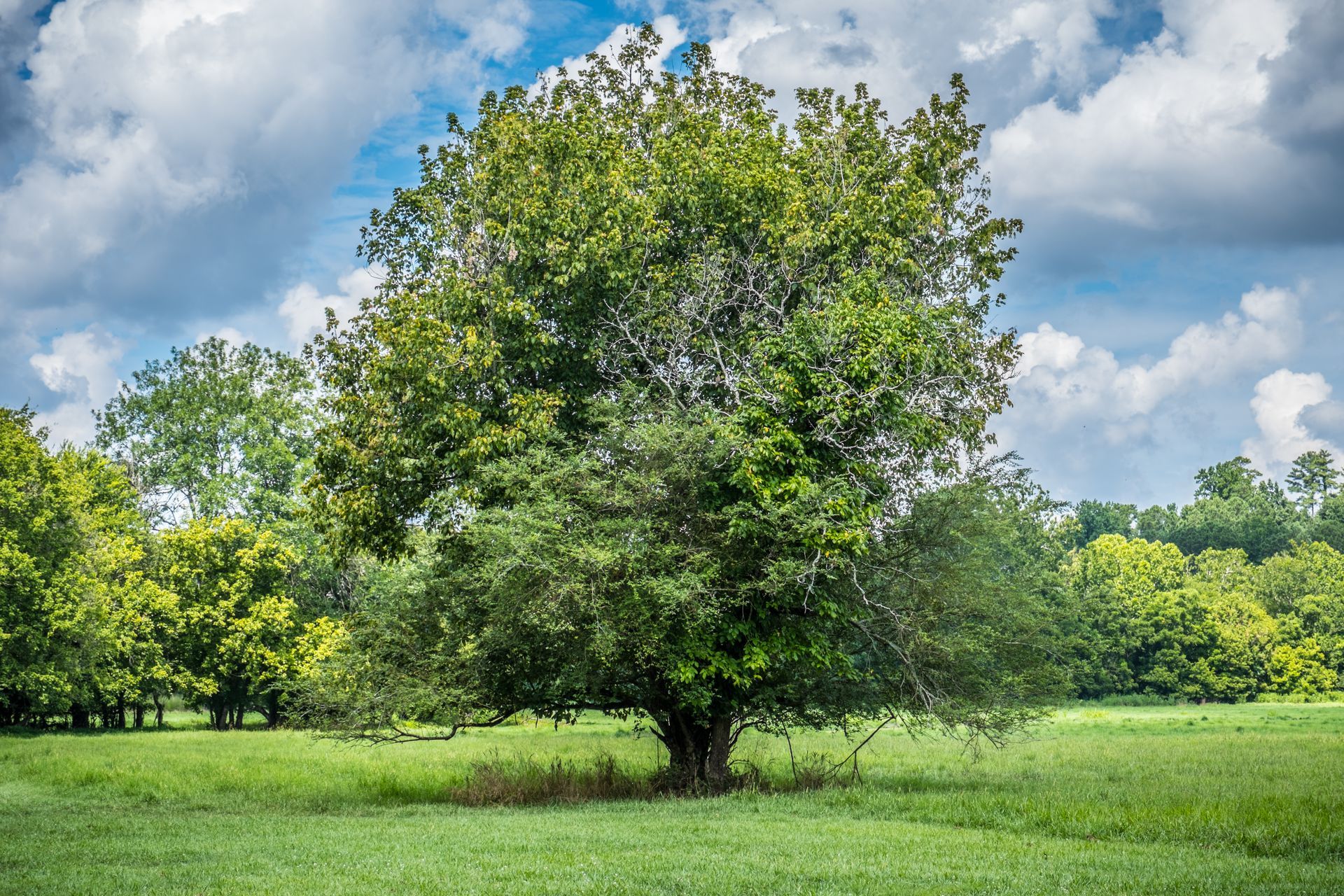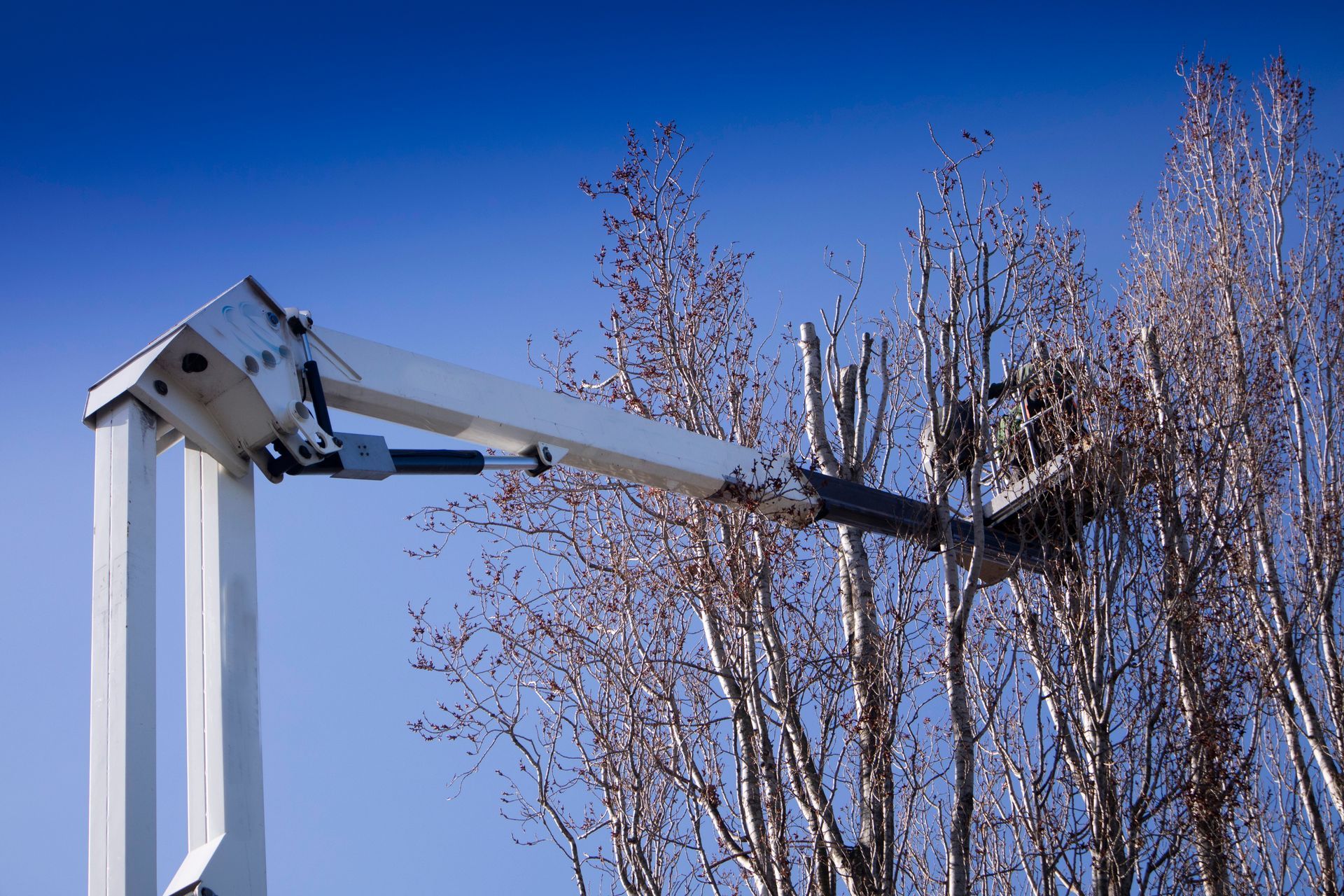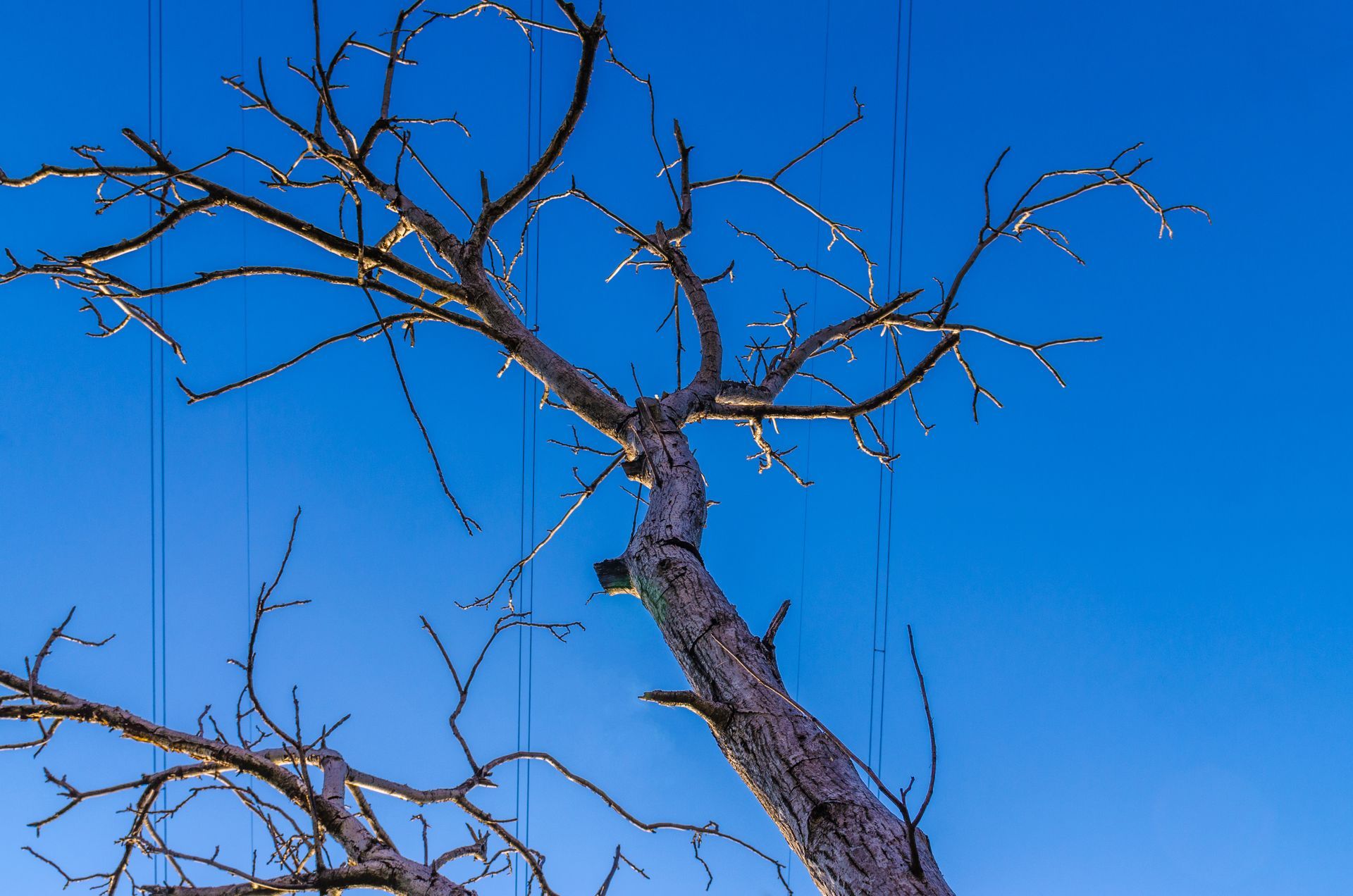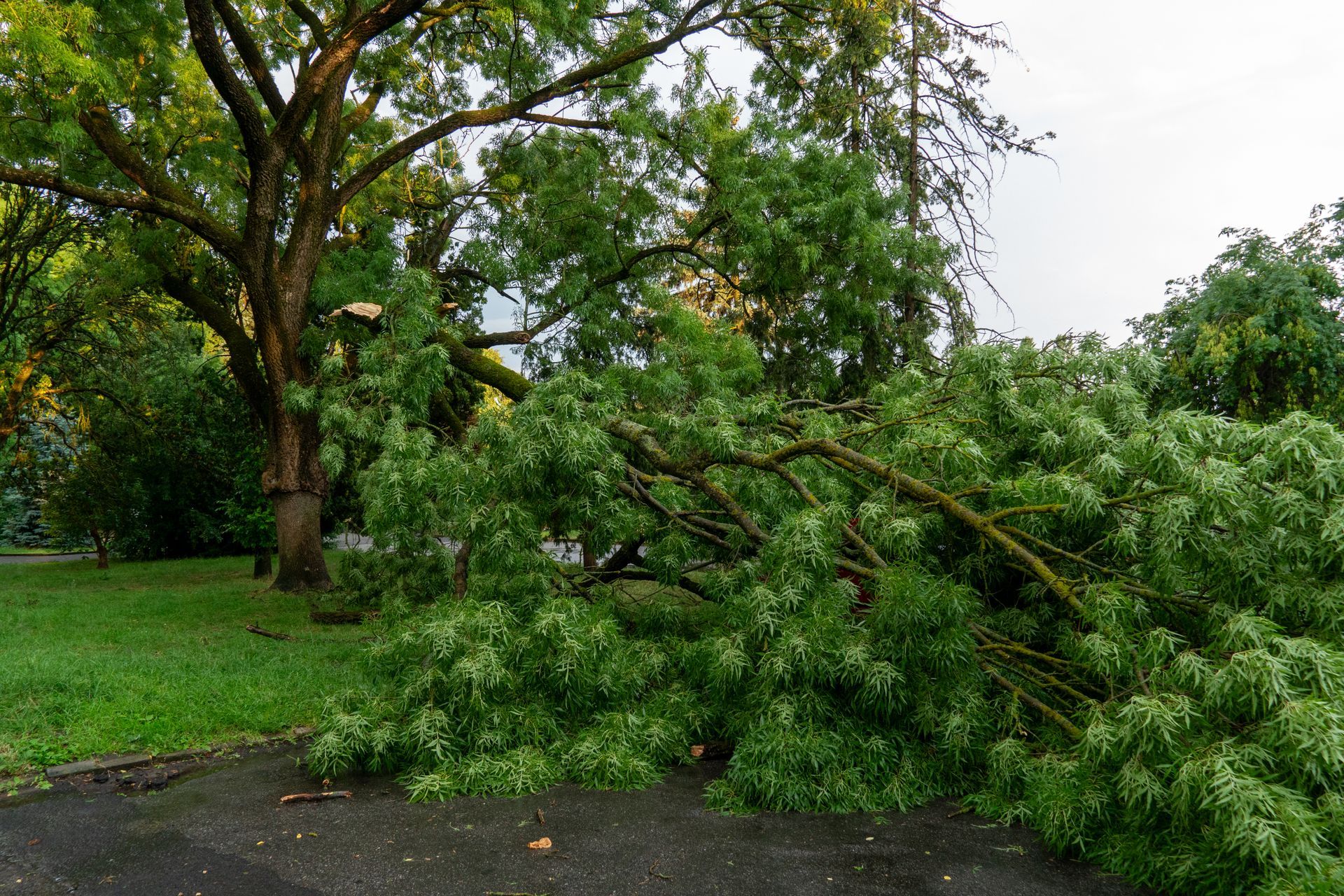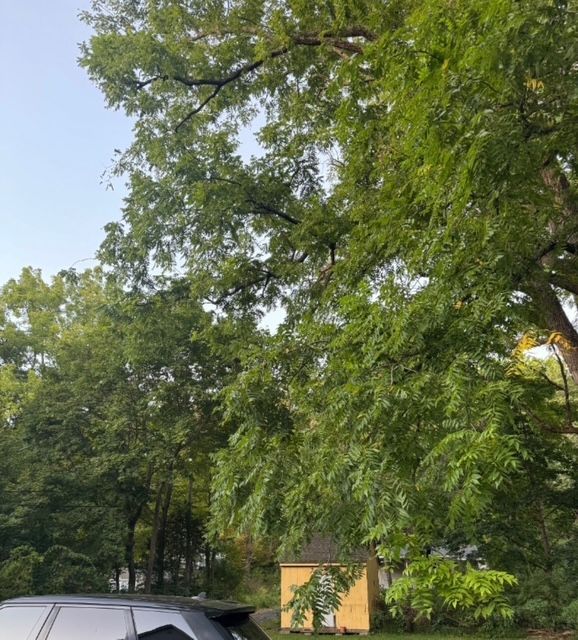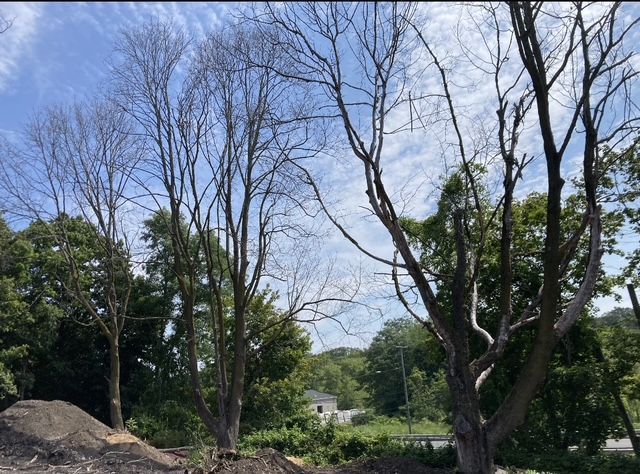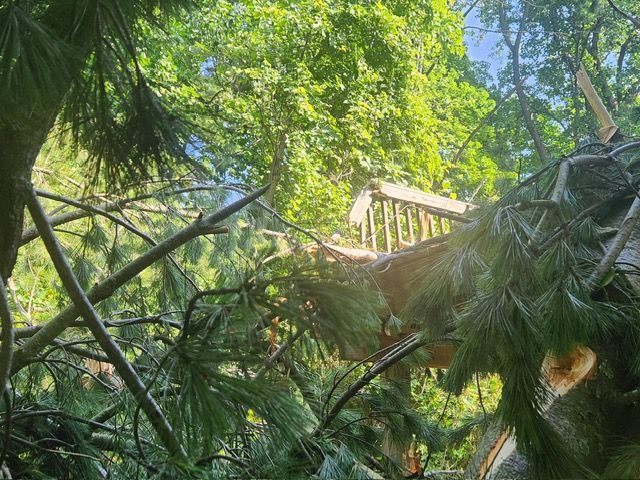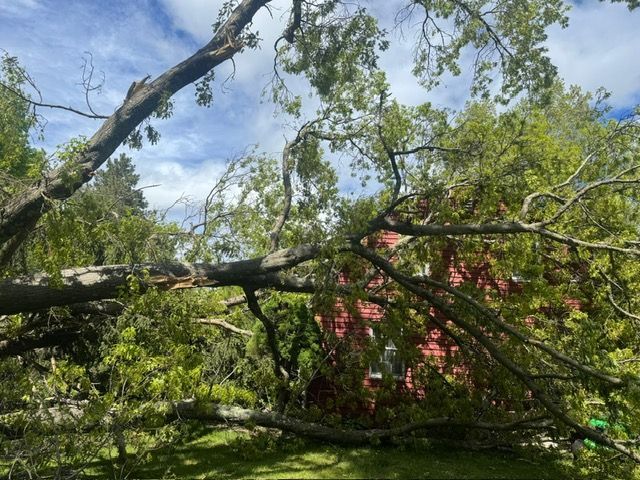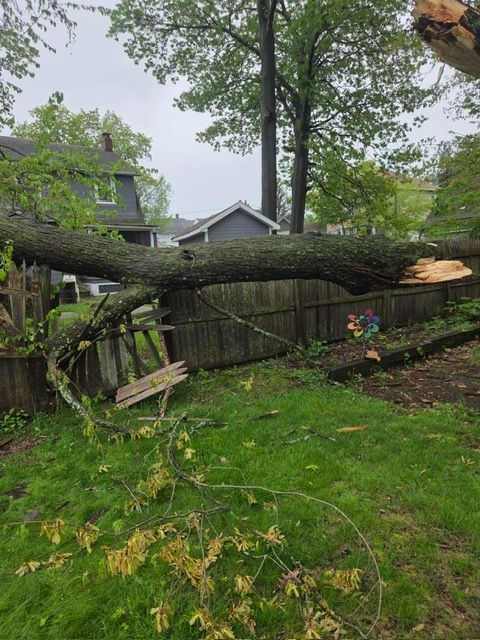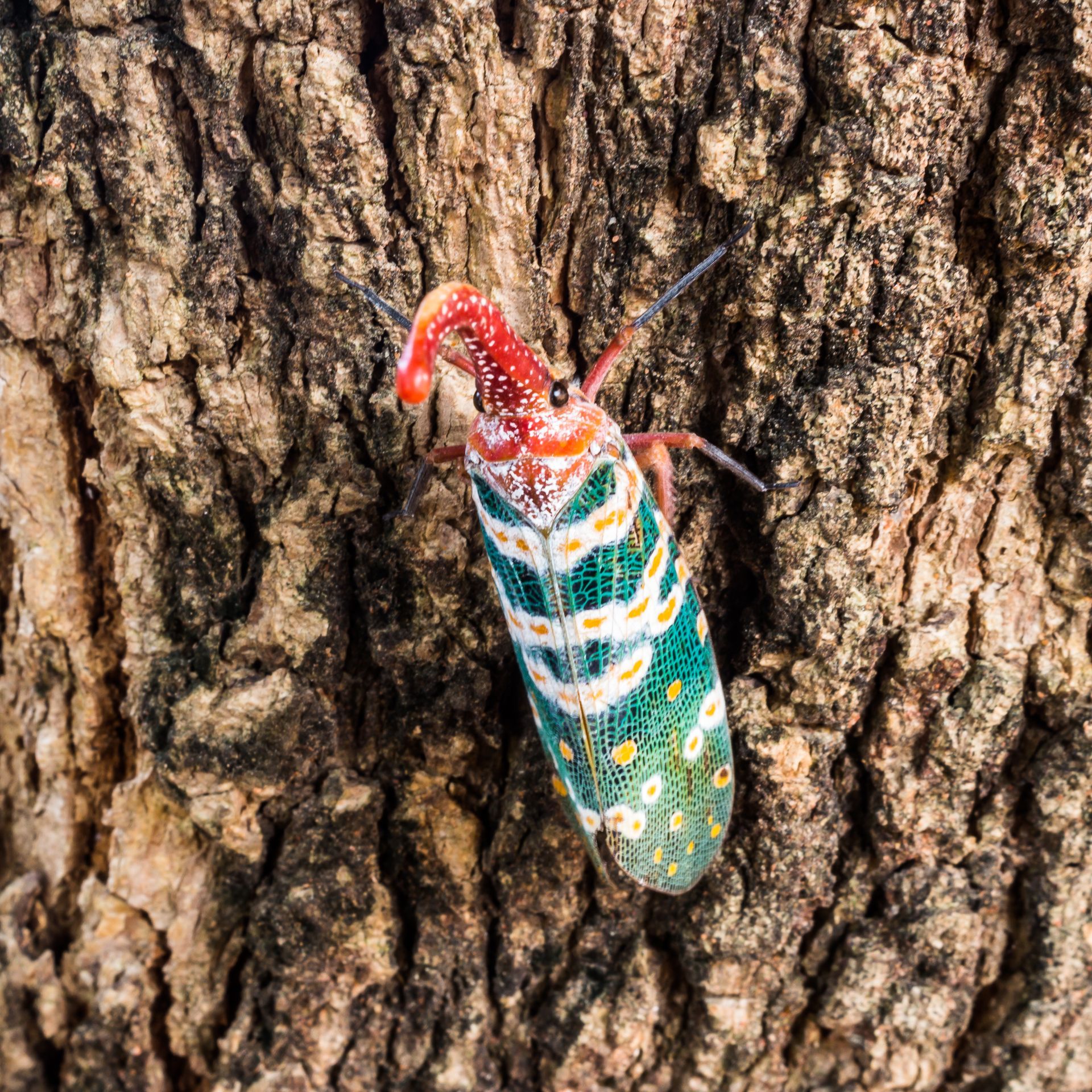Tree Care Tips and Techniques
Transforming Your Yard: Effective Tree Care Tips in Farmington, CT
Welcome to Fleet Farmington Tree Service's comprehensive guide to tree care in Farmington, CT! Whether you want to enhance your landscape or tackle tree-related challenges, we've got you covered. This guide will delve into various tree care topics, including burning a stump with charcoal, eliminating tree roots, identifying tree diseases, and more. Let's dive in!
1. Burning a Stump with Charcoal When removing unsightly stumps from your yard, burning with charcoal can be an effective method. Here's a step-by-step guide to get you started:
- Gather your materials: charcoal briquettes, a shovel, and a drill.
- Drill holes into the stump's surface.
- Place charcoal briquettes into the holes and around the stump.
- Ignite the charcoal and let it burn.
- Monitor the fire and add charcoal until the stump is fully charred.
2. Killing Tree Roots: What Works Dealing with invasive tree roots can be a challenge, but there are several methods you can try:
- Chemical solutions: Herbicides like glyphosate can effectively kill tree roots. Follow the manufacturer's instructions carefully.
- Physical removal: Use a shovel or an axe to cut and remove the roots. This method requires physical effort but can be highly effective.
- Natural remedies: Applying salt or vinegar to the roots can help kill them over time. Be cautious when using these methods near other plants, as they can affect surrounding vegetation.
3. Effective Ways to Eliminate Trees Sometimes, tree removal is necessary for safety or aesthetics. Here are some methods to consider:
- Professional tree removal services: Hiring experienced arborists ensures safe and efficient tree removal, especially for large or hazardous trees.
- DIY tree removal: If you have the necessary equipment and skills, you can attempt to remove smaller trees yourself.
- Natural decay: Another option is to allow a tree to naturally decay over time. However, this method can be slow and pose risks if the tree is unstable.
4. Identifying Heart Rot in Trees Heart rot is a fungal disease that can compromise a tree's structural integrity. Here's how to identify it:
- Look for signs of decay, such as soft or crumbly wood in the center of the trunk.
- Check for fungal growth or conks (shelf-like structures) on the tree's exterior.
- Monitor for signs of weakness, including leaning or sagging branches.
5. Live Oak Tree Leaves Turning Brown: Causes and Solutions Live oak trees are prized for their beauty and longevity, but browning leaves can indicate underlying issues. Here are some possible causes and solutions:
- Overwatering: Extreme moisture can lead to root rot and browning leaves. Adjust your watering schedule accordingly.
- Drought stress: Inadequate water supply can also cause leaf browning. Ensure your live oak receives sufficient water, especially during dry periods.
- Disease or pests: Fungal infections or insect infestations can contribute to leaf discoloration. Consult with a tree care professional to diagnose and treat the problem effectively.
Maintaining healthy trees and landscapes requires knowledge, effort, and, sometimes, professional assistance. By applying the techniques in this guide, you can ensure your trees thrive and your property remains beautiful for years. For expert tree care services in Farmington, CT, trust
Fleet Farmington Tree Service to meet your needs. Contact us today to schedule a consultation!
